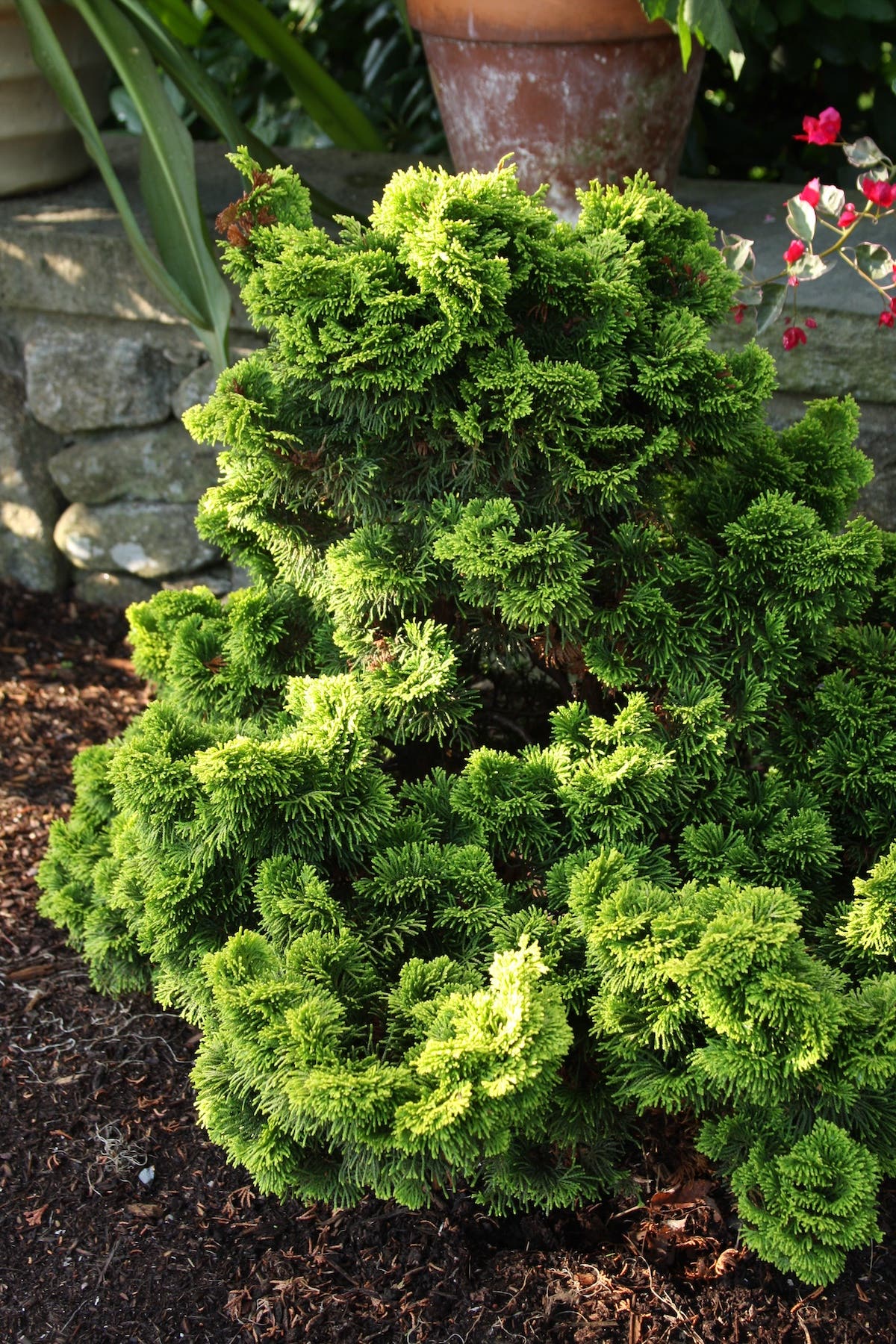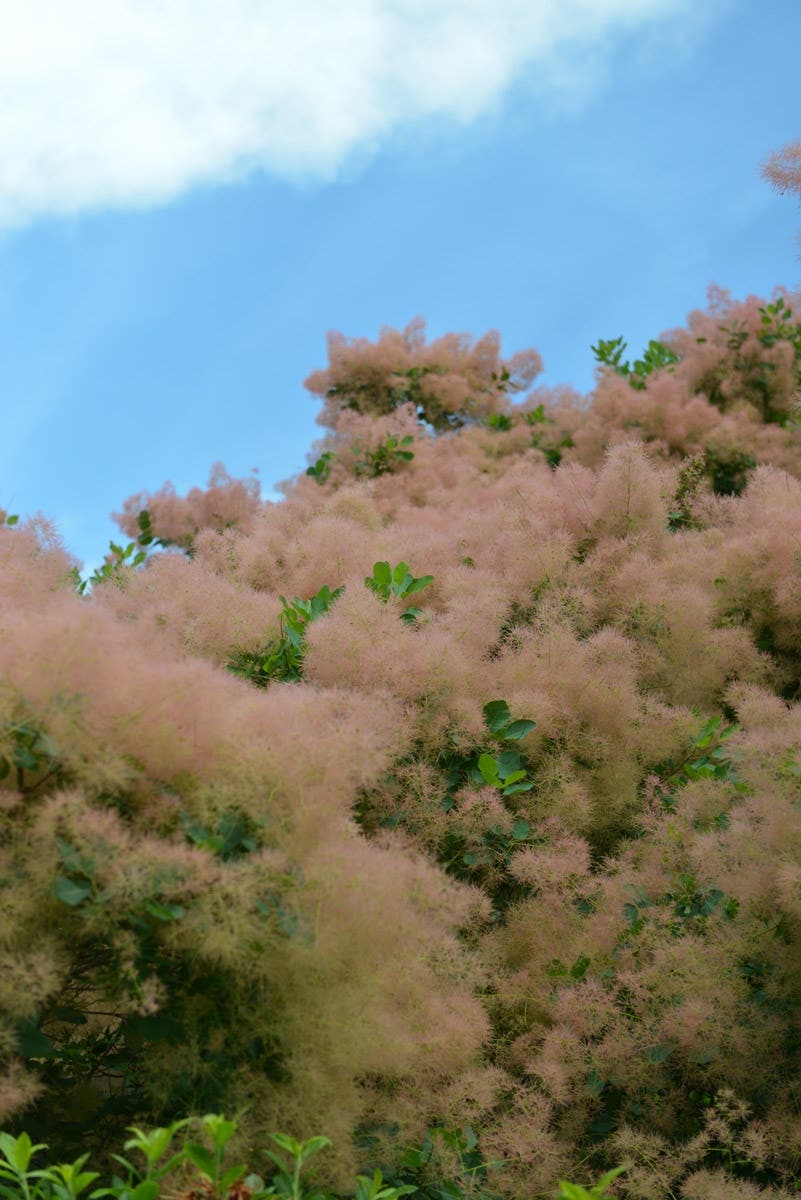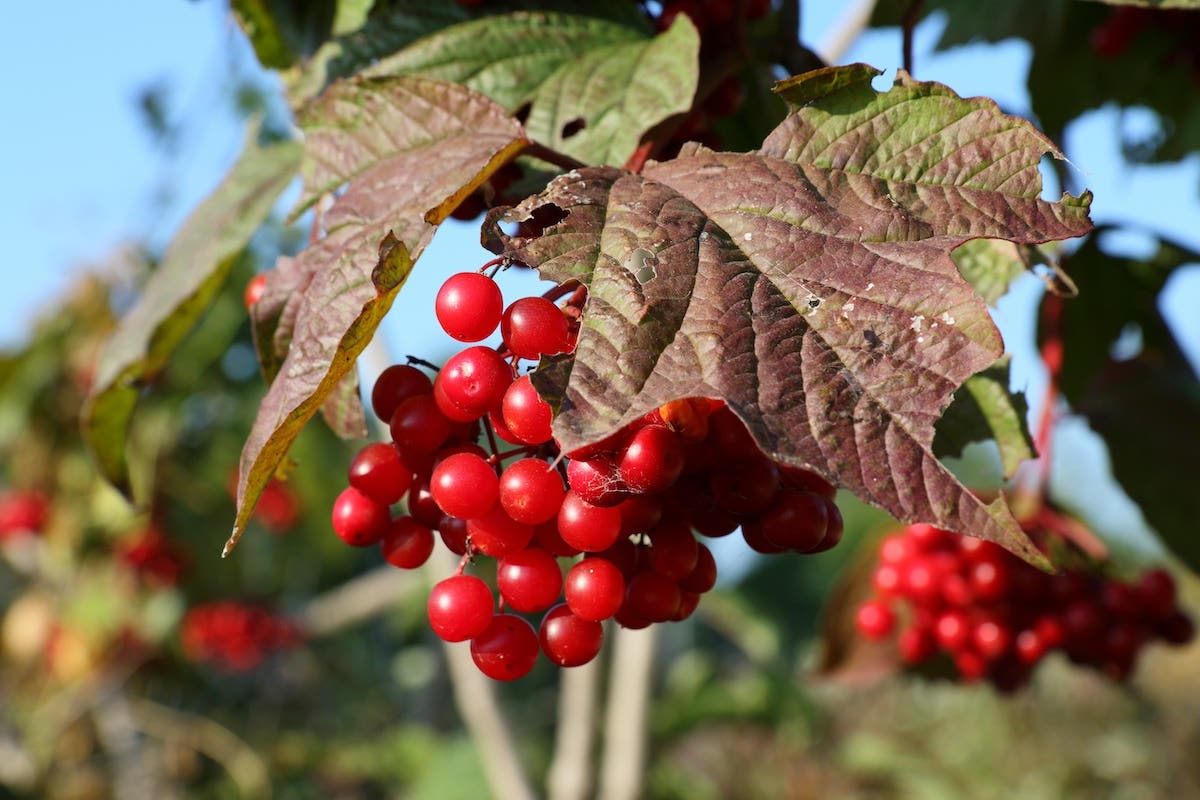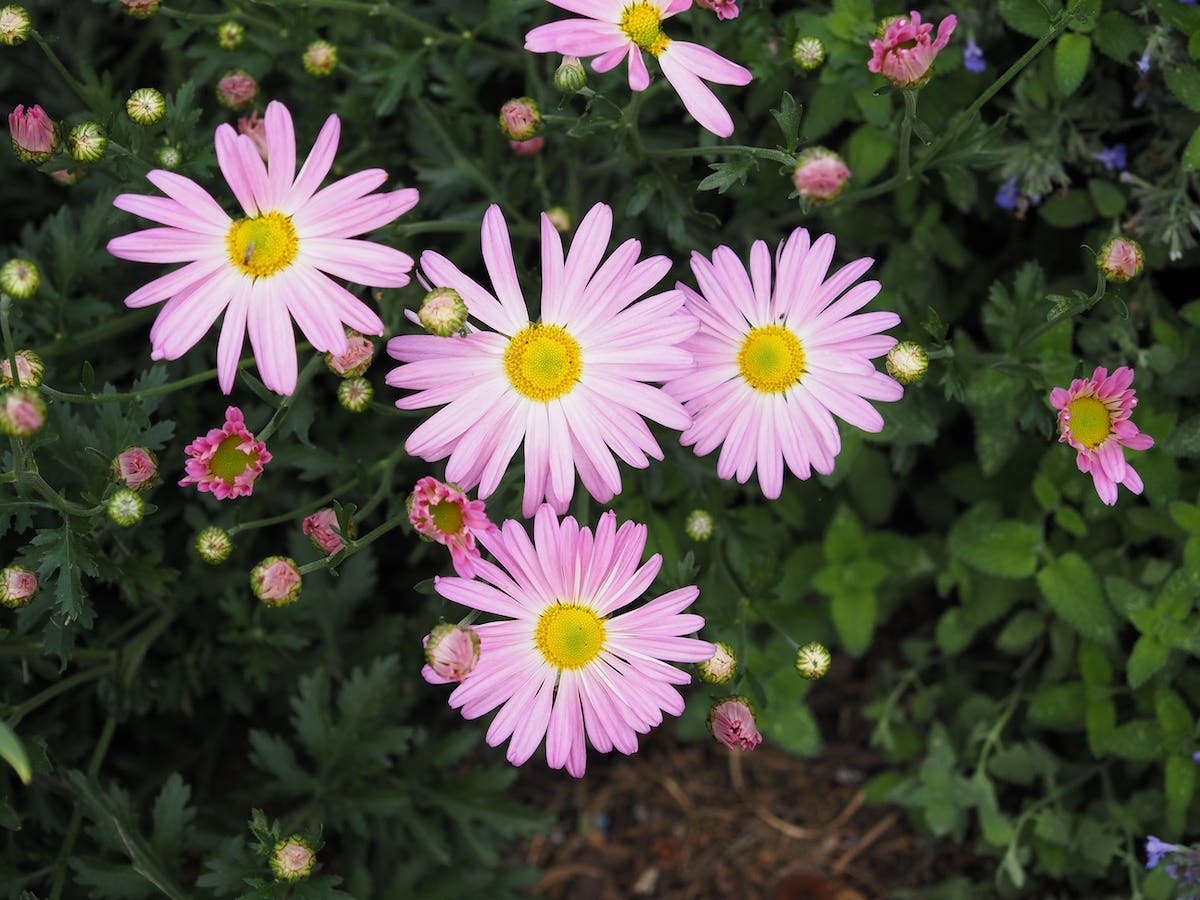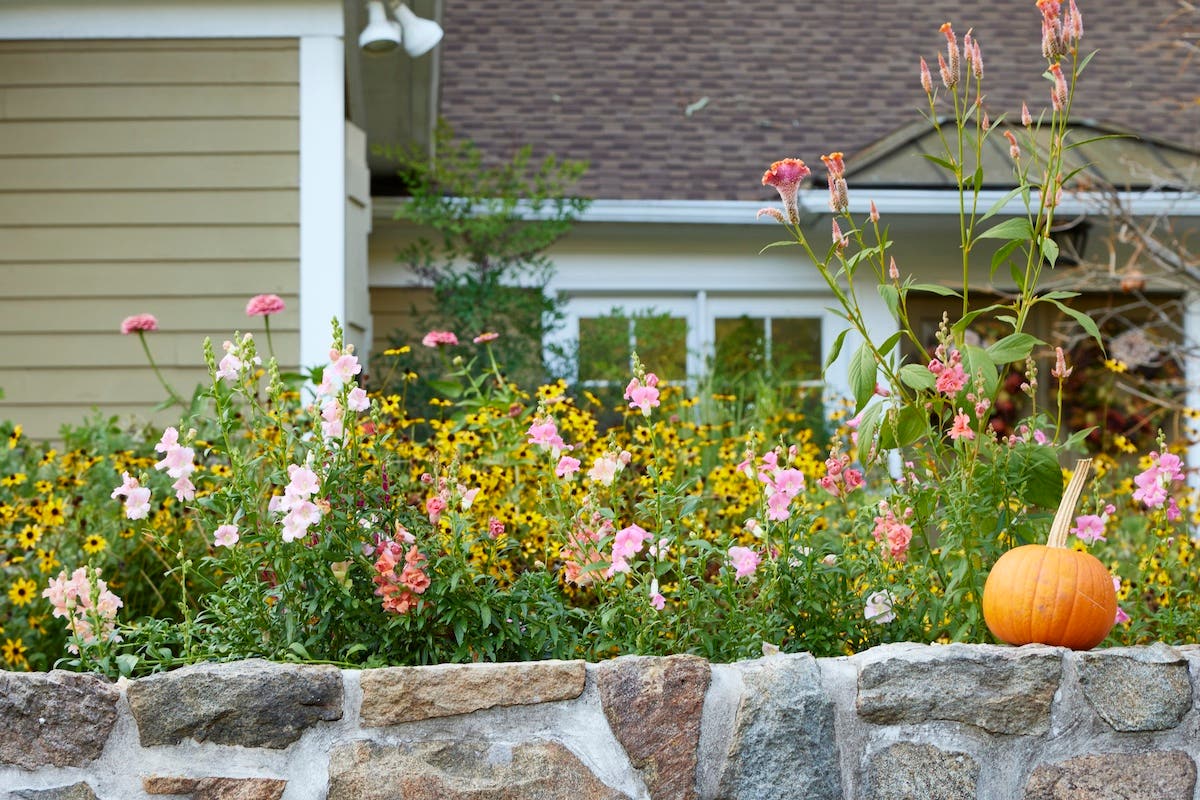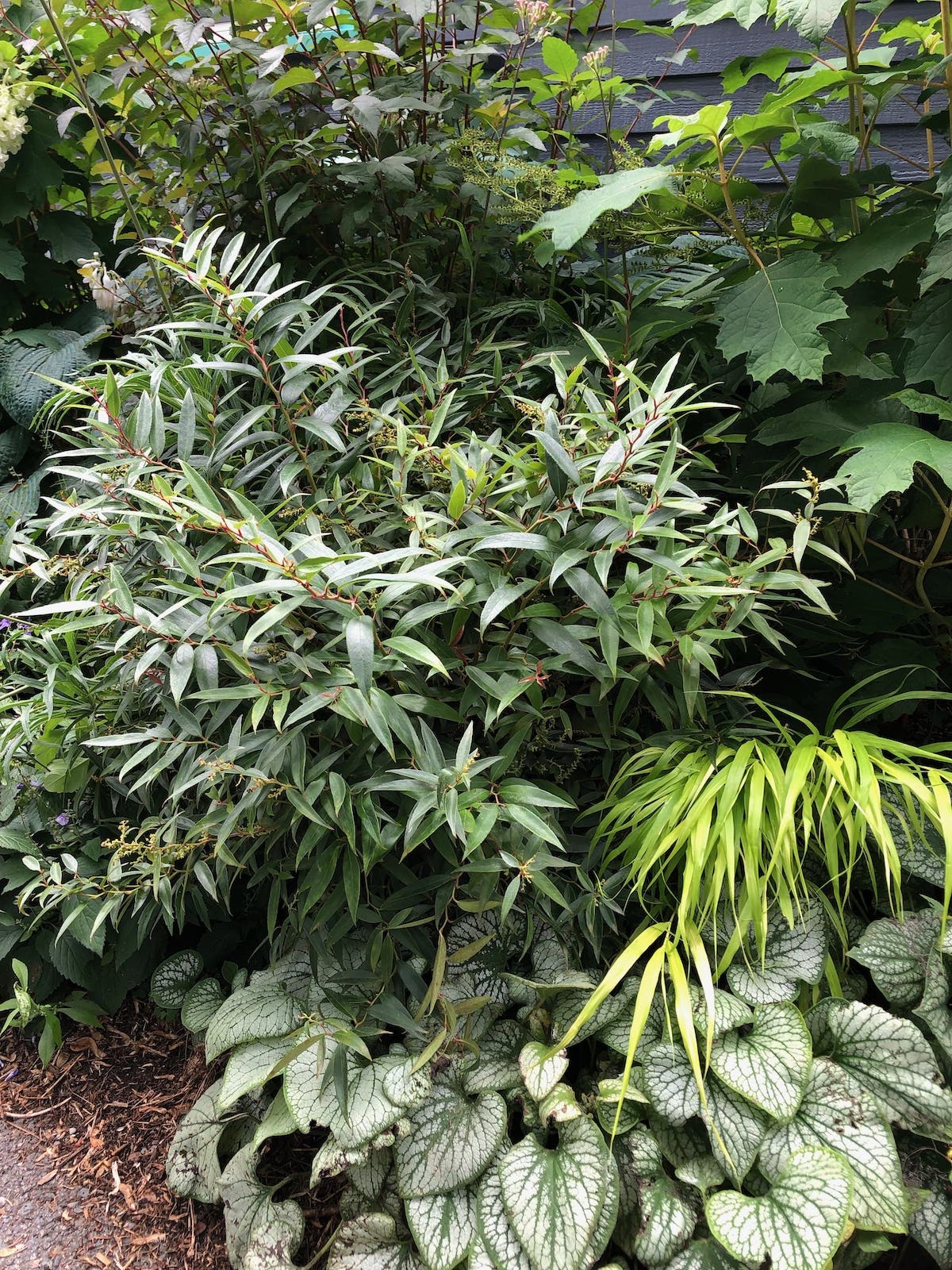Plant Redpointe Red Maple for Fall Color and Strong Growth Habit
Redpoint red maple is an award-winning tree that provides exceptional fall color. It also avoids the structural issues that red maples often develop.
Redpointe red maple boasts exceptionally vivid red fall foliage, on a species already known for good autumn color. It also avoids the structural problems that many red maples develop over time, making it a longer-lasting, lower-maintenance alternative to the straight species or other cultivars. And like other red maples, Redpointe contributes much to the local ecology. Birds, woodland mammals and the caterpillars of several moths rely on red maples for food and shelter. Their early-spring flowers are among the first nectar and pollen sources for emerging bees.
Common name: Redpointe red maple
Botanical name: Acer rubrum Redpointe ('Frank Jr.')
Origin: Acer rubrum is a species native from eastern Canada south to Florida and east Texas.
Red maples naturally grow in woodland understories and along stream banks. Redpointe (‘Frank Jr.’) was introduced in 2006 by J. Frank Schmidt & Son, an Oregon-based wholesale tree grower that has developed more than 100 cultivars since 1946. Redpointe was added to the Pennsylvania Horticultural Society's list of Gold Medal Plants in 2025.
Related: Learn about another award-winning maple with Acer rubrum in its genes, the hybrid Autumn Blaze.
Flowers: Small, golden-green flowers bloom in early spring, feeding bees.
Foliage: Maple-shaped leaves emerge with a reddish tinge in spring, mature to deep green, and turn brilliant deep red in the fall, before dropping from the tree.
Size and habit: Redpointe is a deciduous tree that reaches 45 feet tall with a spread of 30 feet. It has a straight, dominant central leader that creates a symmetrical, pyramid-shaped canopy. Besides looking nice, this improves the health and strength of the tree. Red maples tend to grow with codominant stems—or similarly sized stems that emerge from the same point on the lower trunk. These stems compete with one another, and their positioning creates tight angles and weakened bark, such that eventually one or more of the stems will break off. Redpointe’s dominant leader avoids this problem and the pruning or cabling that’s needed to correct it.
Growing Redpointe red maple
Exposure: Full sun
How to grow it: In general, red maples prefer moist, slightly acidic soil, although they will tolerate other types and drier conditions. They can withstand wet soil and periods of inundation, too, making them an option for a rain garden. Redpointe will show its best fall foliage color in full sun. USDA Zones 5–8.
Image courtesy of the Pennsylvania Horticultural Society


